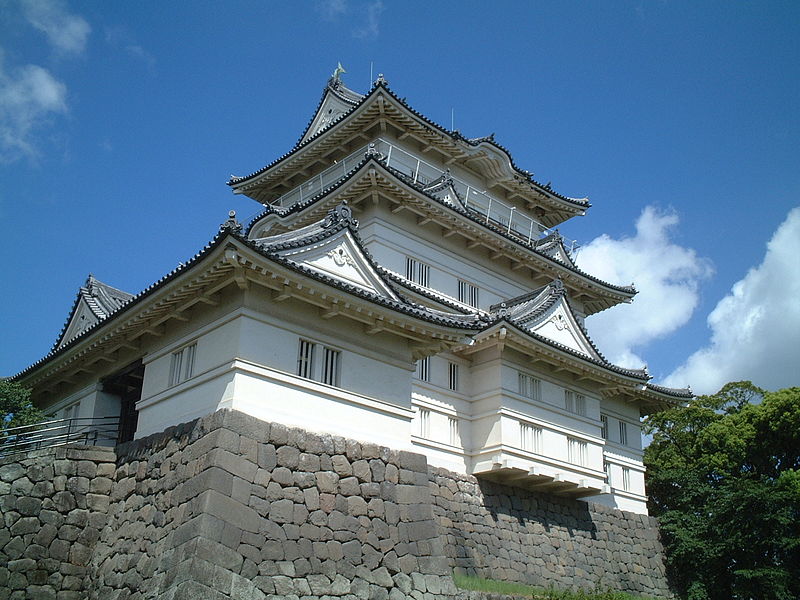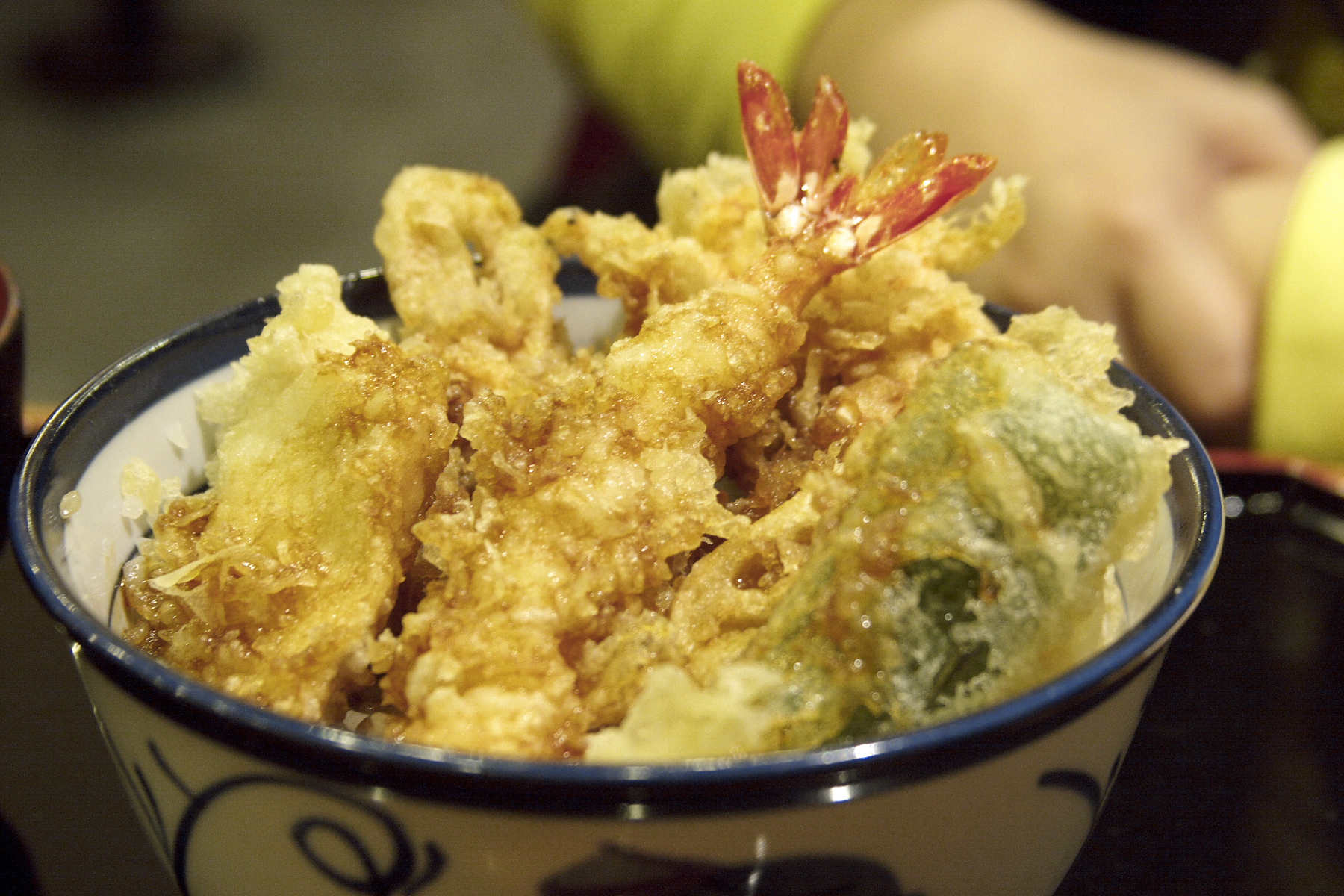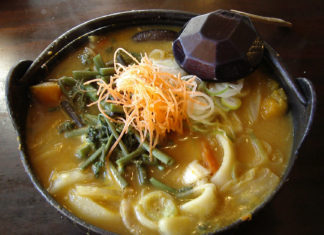A dish so Japanese it’s Hard to Believe
The airy lightness of its texture is recognizable the globe over. Sink your teeth into it, and after the first crunchy pierce and the tear, then everything else just quickly melts, dissolves and glides away like soft sorbet in the sweltering heat of the day. That’s just the crust. Pry into the heavenly filling inside and an array of proportionally selected fresh shrimp, cut or sliced white fish and a myriad of sweet vegetables completes the glorious splendor that is Tempura. What is now a quintessential Japanese dish with the trappings of all the typical Ingredients of the country, it bears an interesting migratory backstory that many may be unaware of.

In 1543, at the end of the Muromachi period, Europeans, particularly the Portuguese began to arrive in Japan, landing in the south of Kyūshū. Tokugawa Ieyasu, the first shogun from that era was said to be so fond of tempura, that he ate it to his death. There is another version alleging that tempura came from Goa, India due to another similar fried battered dish called Pakora native to the port city; although it would be more likely that the Portuguese had spread their influences there, like in 1543, at the end of the Muromachi period, Europeans, particularly the Portuguese began to arrive in Japan, landing in the south of Kyūshū. The visits and trade that ensued were so frequent and successful that it beckoned a century-long era called the Nanban Trade period. Japan also received regular Chinese and Dutch trade missions, when previously it used to keep itself isolated from other nations. Goa was an important port city that was used as an integral transit point for ships traversing to the Far East and China.
Popularised as a tidbit on skewers found at the many street vendors called Yatai, it is now a meal in its own right sold at Tempura or even served in high-end eateries as one of the multi-course meals.
It’s definitely one of the many great Japanese cultural feasts.
It was during this distinct time of openness with the outside world it was suggested that tempura found its way into the Japanese consciousness, and then right to their bellies! Portuguese missionaries who sailed along these trips and then subsequently took up residence, brought with them their 40-day Lent festival, which they celebrated every spring, and also reproduced their traditional dishes. They were barred from eating any meat during this period and their meals reflected this. These meals were called ‘ad tempora cuaresme’ in Latin or ‘In the time of Lent’.










